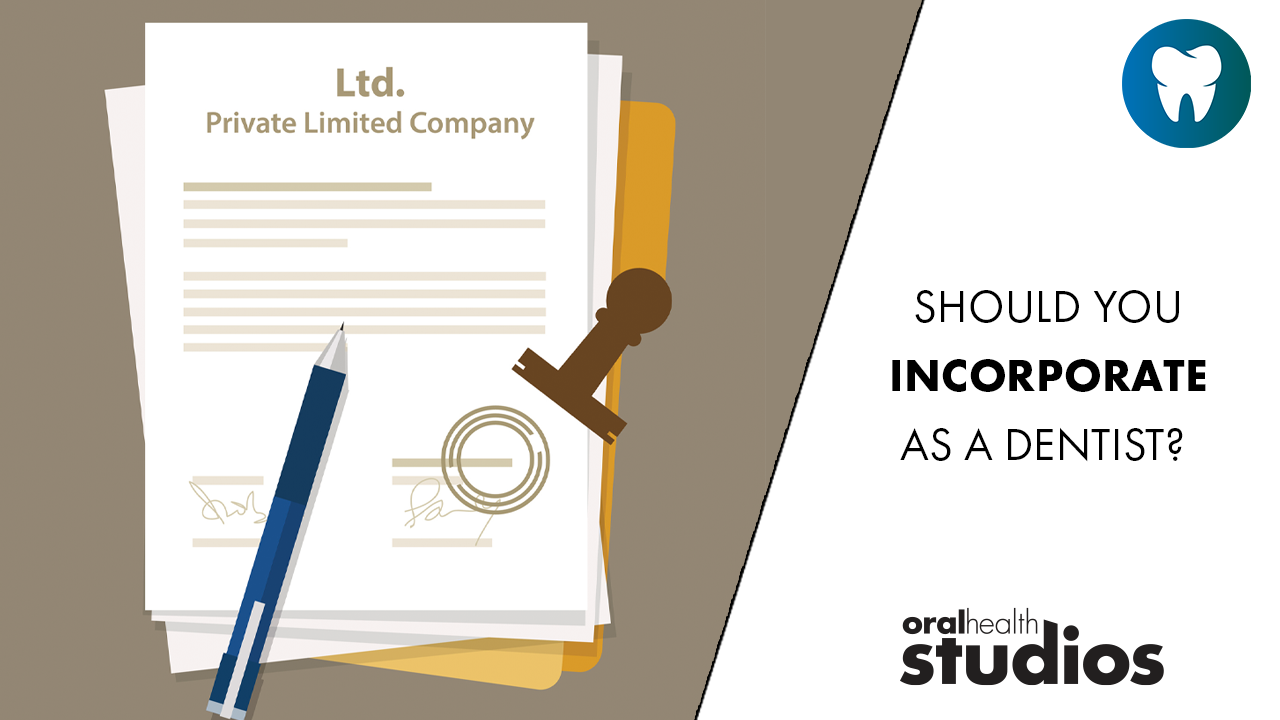
Take the (fictitious) case of established dentist Dr. Emily Smith. She read some articles and heard through colleagues and professional presenters that it takes between 2 to 3 years of planning to have a smooth sale. Why so long? Because it takes time for any selling dentist to make sure: (i) the practice is in tip-top form to get the best price and terms; (ii) a sale is not negatively impacted by any unforeseen staff or other operational issues such as lease complications; (iii) through careful tax planning, taxes are minimized so that the after-tax sale proceeds are optimized; and (iv) a well crafted financial plan and investment strategy is in place to ensure it is holistic, comfortable, and realistic, so that it will endure all market fluctuations and account for all of life’s surprises.
With this in mind, Dr. Smith decides to assemble a team of professionals to guide her through the process. She quickly realizes that having the right experts on her side—a financial planner, a lawyer and an accountant, ideally specializing in the dental industry—are crucial to achieving her goals.
“If you’re financially prepared, you can sell your practice when the market conditions are favorable“
One of Dr. Smith’s first calls is to a financial planner specializing in retirement strategies for dentist owner operators. Together, they begin assessing her financial situation and her retirement goals, taking into account her practice’s value, and various savings and investment assets (real estate, RRSP, TFSA, non-registered investments, corporate holdings, life insurance, etc.). The planner helps her understand how much lifestyle cashflow is needed to achieve her goals and they discuss investment strategies to make her retirement nest egg last.
This planning process also highlights the importance of timing. “If you’re financially prepared, you can sell your practice when the market conditions are favorable,” her planner explains. This insight helps Dr. Smith focus on enhancing her practice’s value while keeping her retirement timeline flexible.
Optimizing the practice for sale
In talking with her dental lawyer and practice seller, Dr. Smith turns her attention to areas that could impact the attractiveness of her practice to potential buyers and help maximize the value of her sale. She begins by addressing the following things:
Staff contracts: Ensuring all employee contracts are up to date and include clear terms. Buyers value practices that have stable and well-managed teams with staff contracts that mitigate employer liabilities.
Lease agreement: Reviewing her office lease to ensure it is transferrable and has favorable terms. A lease with twelve years left or more would be ideal because that is what banks are amortizing loans over these days. Also, nasty clauses like demolition or relocation clauses, or early termination rights in favour of the landlord, need to be dealt with prior to, or concurrently with, the practice being put up for sale.
Dr. Smith also consults her team of professionals to review her corporate structure. In-person group discussions or conference calls are best to ensure cohesion and avoid missing important details. They discuss strategies to minimize taxes when she sells, including taking advantage of the Lifetime Capital Gains Exemption (LCGE) by selling the shares of her dentistry professional corporation (instead of selling assets either personally or through a dentistry professional corporation). These measures could potentially save her hundreds of thousands of dollars.
Understanding the LCGE
In 2025, the LCGE allows Dr. Smith to avoid paying capital gains tax on just over $1 million of the sale price when selling the shares of her dentistry professional corporation (which owns her dental practice). Note: the federal government has proposed increasing the LCGE up to $1.25 million on dispositions that occur after January 1, 2026. That proposed increase would also change the capital gains inclusion rate from one-half to two-thirds on capital gains realized above $250,000, resulting in more taxes being paid once the $1.25-million threshold is reached.
To qualify for the LCGE, the financial statements and minute book for Dr. Smith’s dentistry professional corporation need to be reviewed by her dental lawyer and accountant, as there are many tests that must be met (including, for example, owning the correct shares for at least 2 years and making sure that the corporation does not have too many non-active business assets for the 2 years leading up to the sale). If corrections are required, Dr. Smith’s accountant and lawyer can formulate and execute a plan to help clean things up in time for the sale (which again, could take 2 to 3 years to implement).
Finding a successor
Dr. Smith’s practice seller emphasizes the importance of finding the right buyer for the smoothest possible patient and practice succession. After marketing her practice confidentially, prospective buyers are introduced to Dr. Smith. These range from experienced associates and multi-clinic owners to dental service organizations. These meetings help Dr. Smith decide who is best suited to give the best quality care to her patients while growing the business. The decision will vary depending on the involvement Dr. Smith wants to have in managing the office after the sale.
To make the practice more appealing to buyers leading up to a sale, she focuses on maintaining patient satisfaction, production levels and profitability, while avoiding any abrupt changes to operations. Making expensive financial or operational decisions such as purchasing new equipment, undertaking non-essential repairs or renovations, major staff changes, or reducing practice hours are not advisable at this time.
Evaluating retirement readiness
Throughout the process, Dr. Smith finds herself reflecting on a critical question: “Am I truly ready to retire?” Her financial planner guides her through different scenarios, helping her understand how the sale of her practice might impact her retirement lifestyle and long-term financial security.
By analyzing her projected after-tax retirement income and lifestyle expenses, Dr. Smith gains clarity on her readiness. She realizes that selling her practice is not just about the financial transaction, it is also about ensuring her freedom to enjoy the next chapter of her life.
The final sale and new beginnings
After years of careful preparation, Dr. Smith’s practice is finally ready to be marketed. Within months, she receives multiple offers and ultimately selects a buyer who shares her values and vision for patient care, but who can also elevate the practice beyond even her own capabilities. The transition process is smooth, thanks to her preparation in consultation with her team of professional advisors.
Dr. Smith’s retirement story is a testament to the power of preparation. By starting early, assembling a trusted team and focusing on the key elements of her practice, she is able to realize a successful sale and to transition into her well-deserved retirement confidently.
About the authors:

Stephan Desbiens, BSS (Econ), CIM, PFP, Partner and Associate Portfolio Manager at Exponent Investment Management. Stephan can be reached at stephan@ex-ponent.com or 613.979.7907.

Michael Carabash, BA, LLB, JD, MBA, CDPM is a founding partner of DMC LLP, Canada’s largest dental-only law firm that helps dentists sell and buy practices in Ontario. Michael leads DMC’s annual Caribbean dental mission trips (Grenada, Jamaica, St. Lucia, Turks & Caicos and Bahamas). Michael can be reached at michael@dentistlawyers.ca or 647.680.9530.












